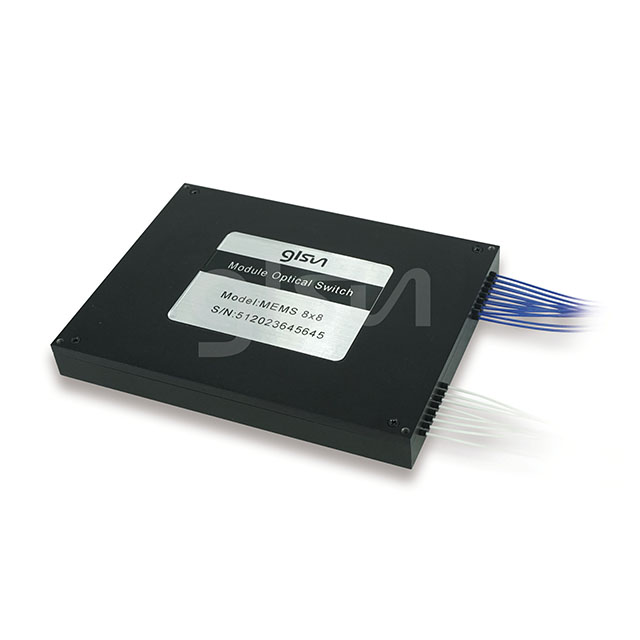Matrix Optical Switches in Fiber Cable Monitoring
2024-03-08
In the realm of optical communications, the seamless flow of data has become paramount for the digital age. Fiber optic networks play a crucial role, transmitting vast amounts of information at lightning-fast speeds. To ensure the reliability and efficiency of these networks, continuous monitoring of fiber cables is essential. Matrix Optical Switches (MOS) have emerged as a transformative technology, revolutionizing fiber cable monitoring by providing unprecedented flexibility, efficiency, and precision.
A Matrix Optical Switch is an advanced optical device that allows for the dynamic routing of multiple optical signals between multiple input and output ports. It operates as a programmable traffic manager, enabling network operators to reconfigure optical connections on demand, based on specific monitoring requirements or network topologies.

In fiber cable monitoring, Matrix Optical Switches plays a vital role, providing granular visibility into the network infrastructure. By connecting Matrix Optical Switches to fiber cables at strategic locations, network operators can perform a comprehensive range of monitoring tasks, including:
- Fault Isolation: Matrix Optical Switches facilitates rapid fault isolation by selectively activating specific ports or signal paths. This pinpoints the exact location of faults, reducing downtime and minimizing service disruptions.
- Performance Monitoring: With Matrix Optical Switches, network operators can continuously monitor optical signal parameters such as power levels, bit error rates, and latency. This real-time data enables proactive detection of performance degradations, ensuring optimal network uptime.
- Traffic Analysis: Matrix Optical Switches provides insights into traffic patterns and utilization of fiber cables. By monitoring the traffic flow through different ports, network operators can identify congestion points and optimize resource allocation for improved network efficiency.
The integration of Matrix Optical Switches in fiber cable monitoring offers a multitude of advantages:
- Flexibility: Matrix Optical Switches provides unparalleled flexibility in monitoring configurations. The ability to reconfigure connections on-demand allows network operators to adapt to changing monitoring requirements or network topologies.
- Scalability: Matrix Optical Switches can be scaled to accommodate various network sizes and architectures. From small-scale deployments to large-scale backbone networks, MOS can adapt to meet the specific demands of any monitoring system.
- Automation: Matrix Optical Switches enables automation of monitoring processes. By integrating with network management systems, MOS can automate fault detection and isolation, reducing manual intervention and improving operational efficiency.
- Cost-effectiveness: Utilizing Matrix Optical Switches in fiber cable monitoring eliminates the need for manual testing or dedicated monitoring equipment. This cost-effective solution offers a high return on investment by optimizing network performance and reducing maintenance expenses.







